How does coffee go from the tree to your cup?
Coffee, one of the most beloved beverages in the world, begins its journey as a seed nestled inside the fruit of the coffee plant, which resembles a cherry and is mainly cultivated in the equatorial regions known as the "Bean Belt".
So if you've ever wondered what process it takes to enjoy a hot or cold coffee at any time of the day, then I'm here to solve the mystery for you!
Coffee plants thrive in tropical climates with abundant rainfall and shade. The two most common coffee species cultivated are Coffea arabica (arabica), known for its flavor and smoothness, and Coffea canephora (robusta), distinguished for its robustness and higher caffeine content. The growth of these plants is an intensive process that requires careful attention to light, shade, and altitude, which all influence the complex flavors of the beans.
The harvesting of coffee cherries is often done by hand, especially in mountainous regions, to ensure that only ripe cherries are picked. This selective picking is crucial as it directly affects the quality and taste of the coffee. In flatter areas, harvesting machines may be used, but they cannot selectively pick ripe cherries, which can jeopardize the quality for yield.
Once harvested, coffee cherries undergo processing to extract the beans. There are two main methods: dry and wet. The dry method is the oldest and simplest, involving drying whole cherries in the sun for several weeks, where they are regularly rotated to prevent mold. The wet method involves removing the pulp of the cherries immediately after harvesting, so the beans ferment and are washed with large amounts of water to remove mucilage (a sticky residue of pulp). This method is faster and generally considered to produce higher quality beans.
After processing, the beans are dried to reduce their moisture content, making them suitable for storage and shipment. Then, the beans are hulled to remove the outer layers (if the wet process was used) or the entire dried husk (in the dry process). At this stage, the green coffee beans are sorted by size and weight. They are then packaged and shipped to various destinations around the world.
Upon reaching their destination, the green coffee beans are roasted, a critical step that transforms them into the aromatic coffee beans known to consumers. Roasting is a thermal process that caramelizes the sugars inside the beans, releases oils, and develops flavors. The duration and temperature of roasting affect the taste. Lighter roasts retain more of the bean's original character, while darker roasts have a fuller flavor.
Finally, the roasted coffee beans are ground to a size that suits the brewing method, whether espresso, filter, etc. The grinding process is crucial because the size of the grounds affects the rate of flavor extraction during brewing. Too finely ground, and the coffee can be overly extracted and bitter.
Very coarse and may be inadequate and weak.
In homes and cafes, the final step in the journey of the coffee bean takes place in the coffee maker. Here, hot water passes over the ground coffee, extracting its flavors and oils.
From a tiny seed to a steaming cup, coffee undergoes a remarkable transformation influenced by geography, agriculture, and technology, culminating in one of the most complex and enjoyable beverages worldwide.





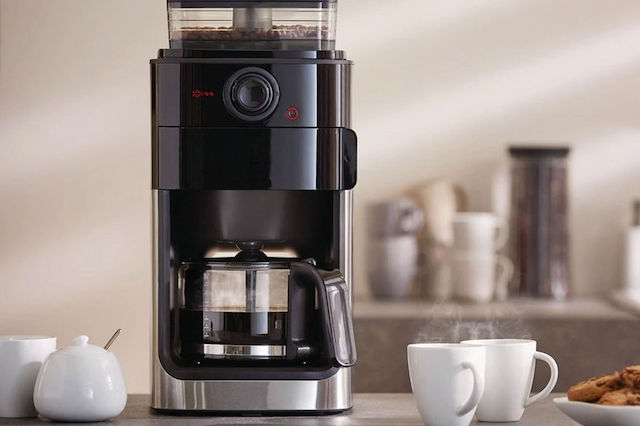

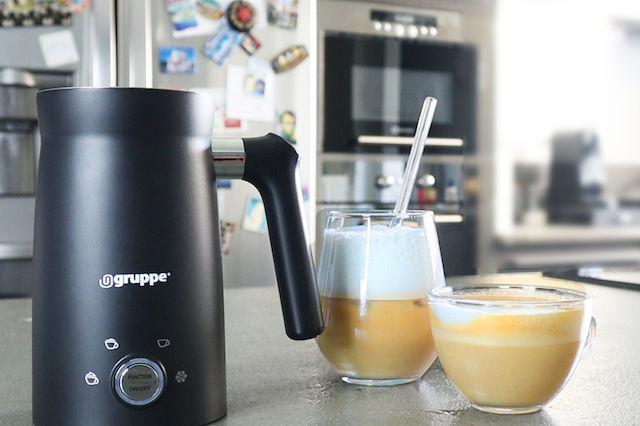



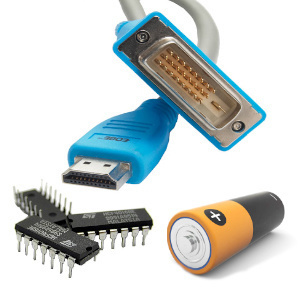

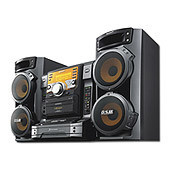


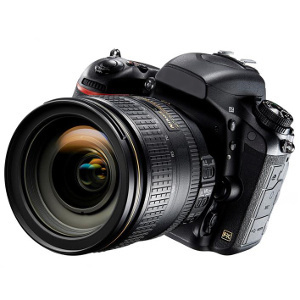
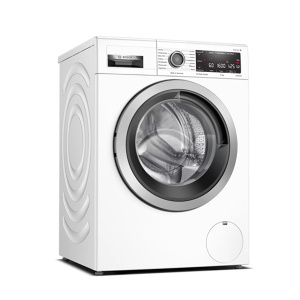
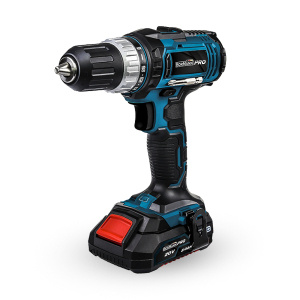
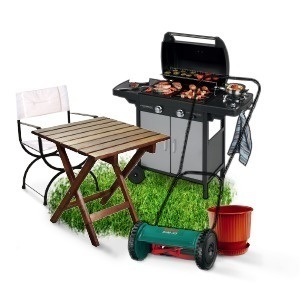


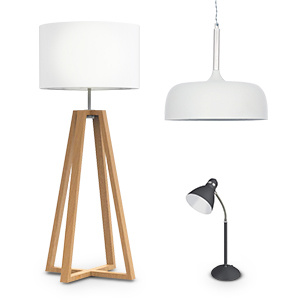
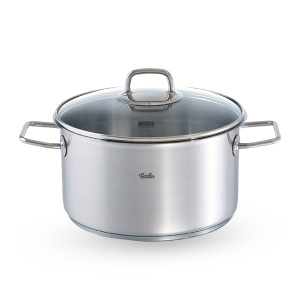






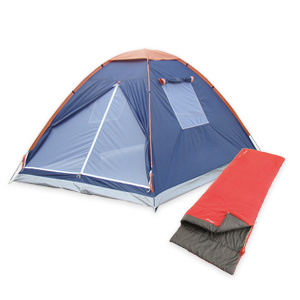



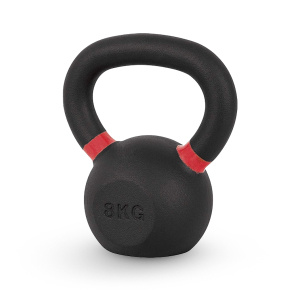
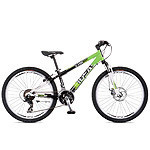

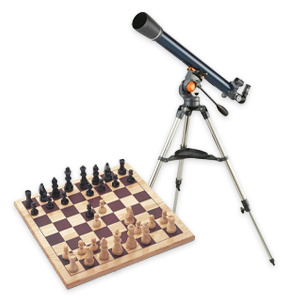





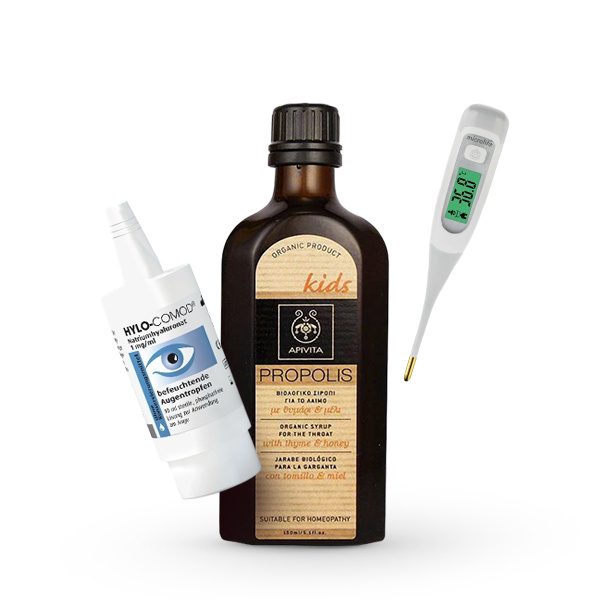
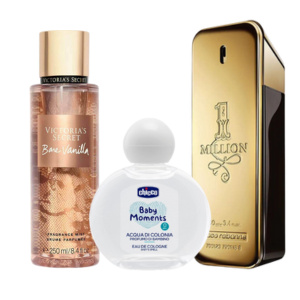

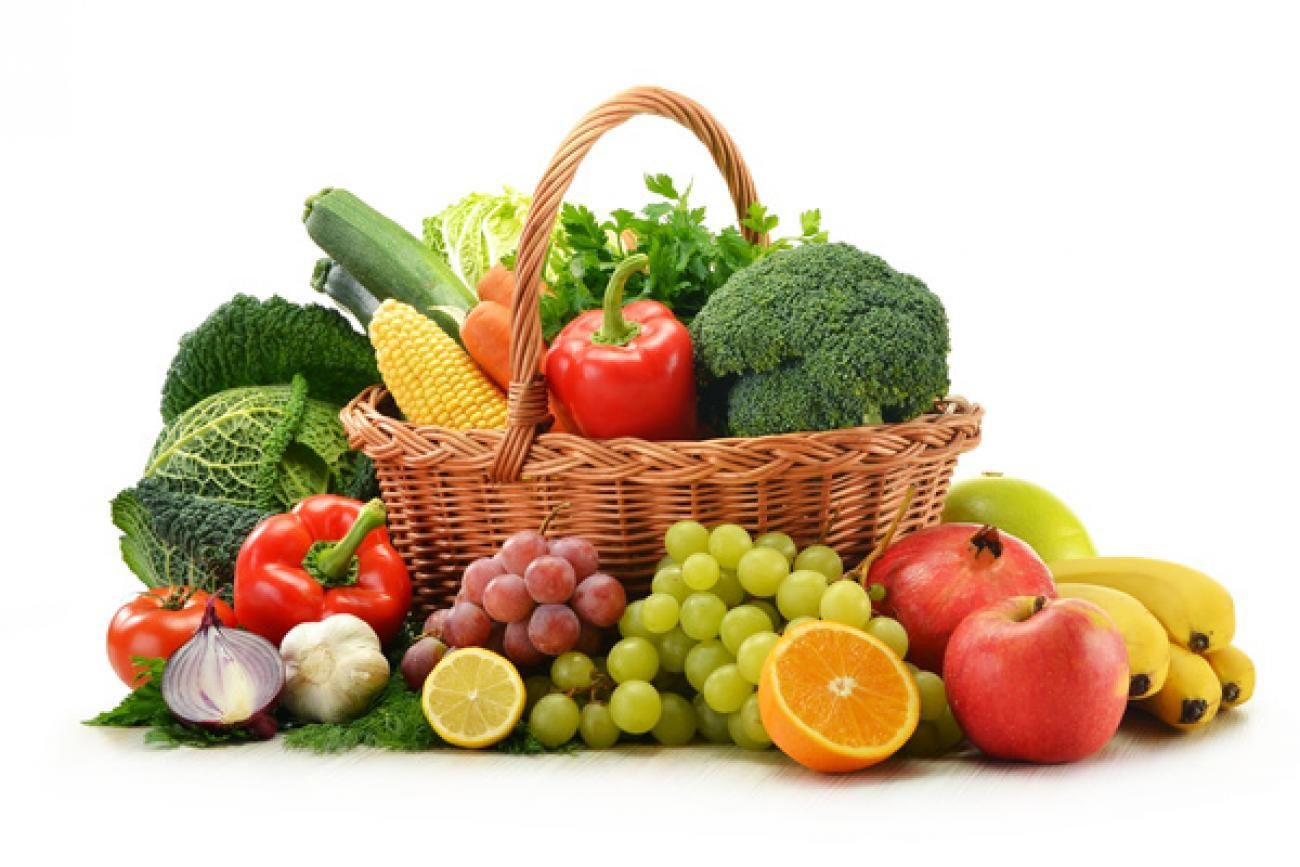
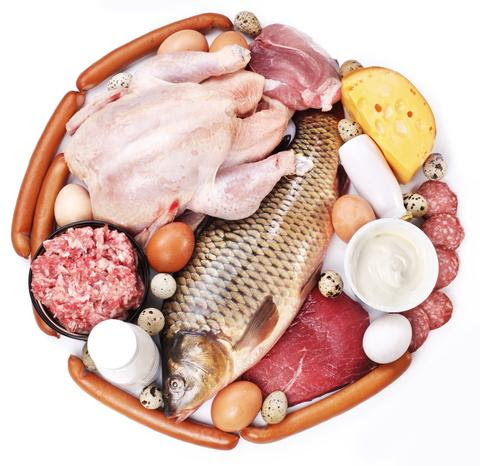

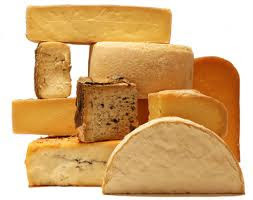

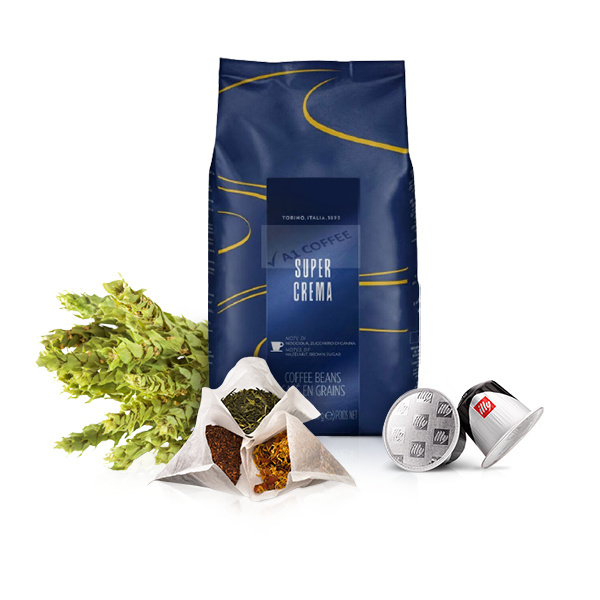



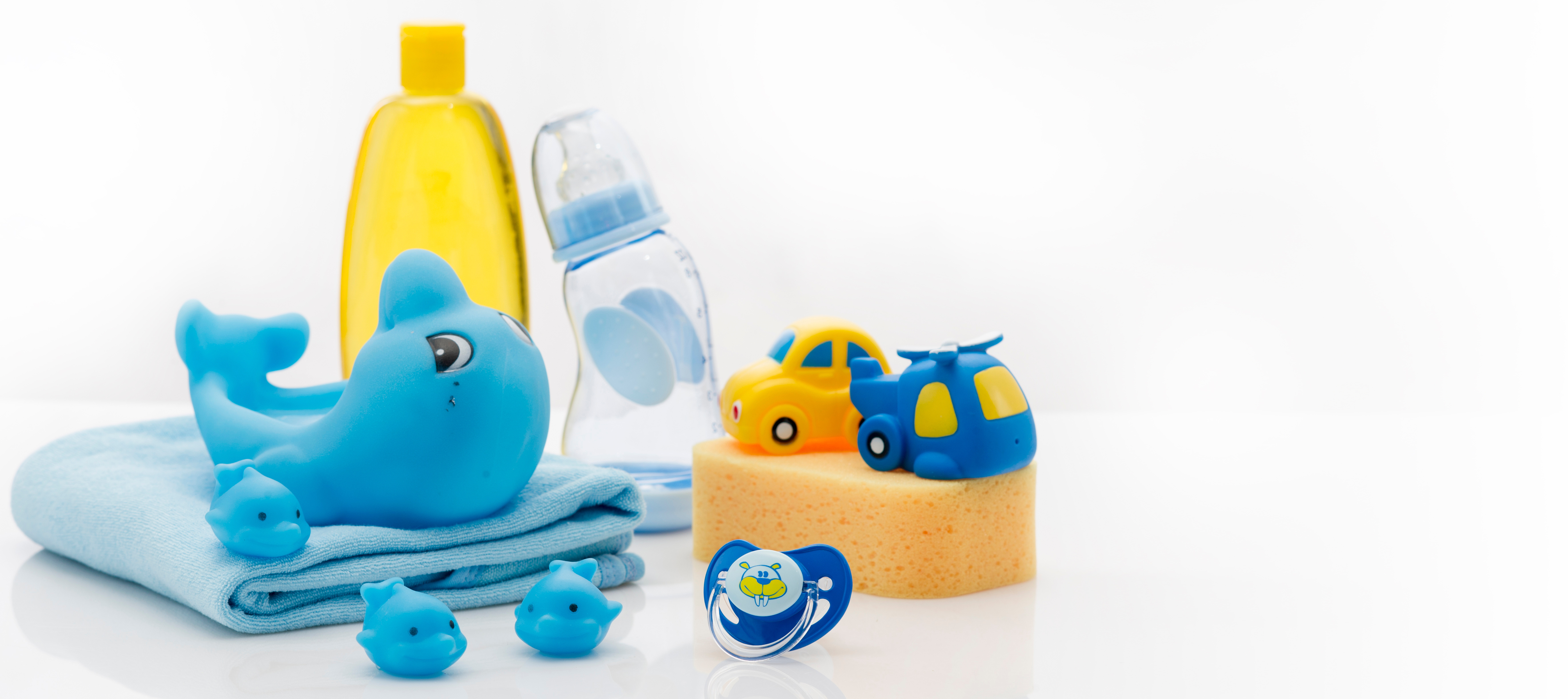
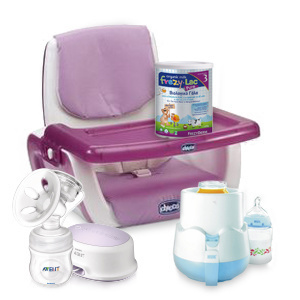
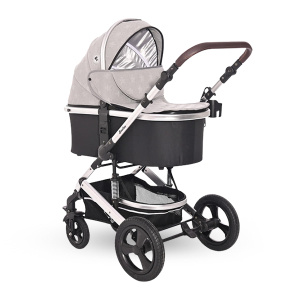




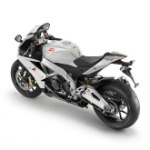


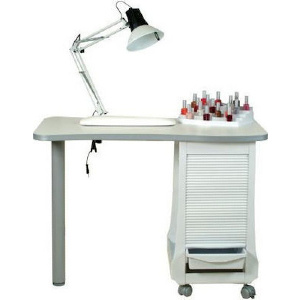
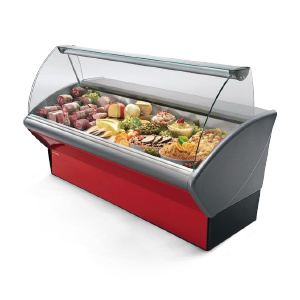

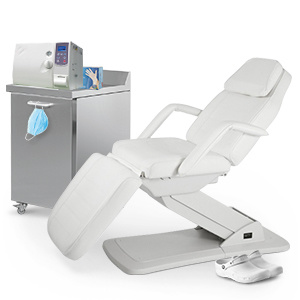
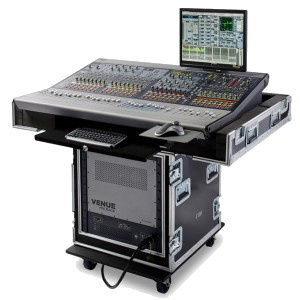
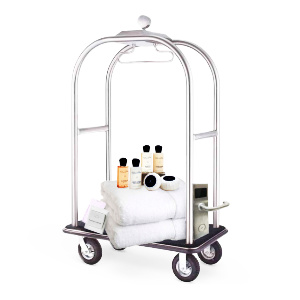








Be the first to leave a comment!